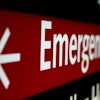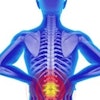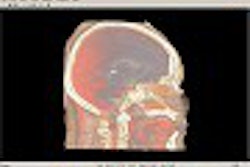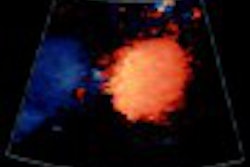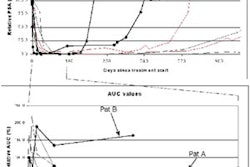(Ultrasound Review) Radiologists at the Cambridge Health Alliance in Cambridge, MA, studied the ultrasound findings in women with adenomyosis to assess whether certain ultrasound characteristics were indicative of the extent of adenomyosis. Also, they evaluated whether the presence of uterine fibroids altered diagnostic accuracy for adenomyosis, and whether the visibility of the endometrium was related to the severity of disease. Their findings were published in the American Journal of Roentgenology.
A diagnosis of adenomyosis was made using the surgical specimen after hysterectomy, and only patients that had ultrasound performed two months prior to surgery were included in the study. Ultrasound examination included evaluation of the endometrium, visualization of diffuse uterine changes, presence of fibroids, and normal appearances. These findings then were compared to the histology categories for adenomyosis, which included mild, focal, and severe adenomyosis.
Ultrasound was performed using both endovaginal and transabdominal approaches. Results demonstrated "46 specimens contained mild adenomyosis, 18 contained severe disease, and nine contained focal disease." Fibroids were found in 41 uterine specimens. They reported that "the endometrium was visualized in 10 cases of severe adenomyosis, seven cases of adenomyoma, and 35 cases of mild disease."
The severity of adenomyosis did not correlate with the visualization of the endometrium on ultrasound. Ultrasound showed diffuse uterine changes in 72% of cases with severe adenomyosis. There were nine adenomyomas and none of these displayed diffuse ultrasound changes, and only 19% of cases with mild adenomyosis had ultrasound characteristics of diffuse disease.
According to the authors "a diffuse process was related to the severity of adenomyosis," and "when fibroids were present, a diffuse process did not relate to the extent of adenomyosis." Their research showed that the presence of fibroids limited ultrasound accuracy in estimating the severity of adenomyosis, and that "the diagnosis of severe adenomyosis can be made when the sonographic features of a heterogeneous uterus with or without cystic spaces are present."
Sonographic findings in patients with adenomyosis: can sonography assist in predicting extent of disease?Hulka, C. A. et al,
Department of radiology, Cambridge Health Alliance, Cambridge, MA
AJR 2002 February; 179:379-383
By Ultrasound Review
September 4, 2002
Copyright © 2002 AuntMinnie.com

